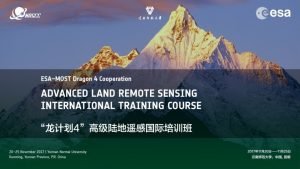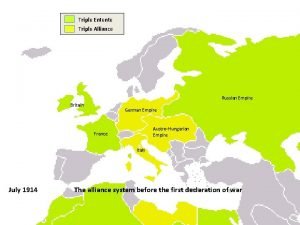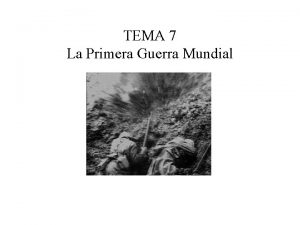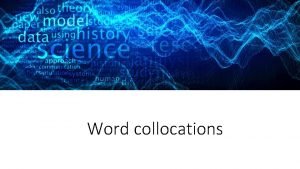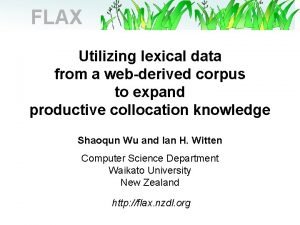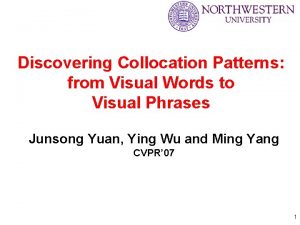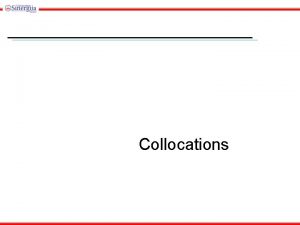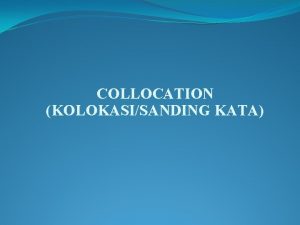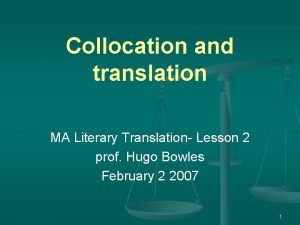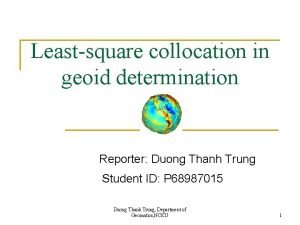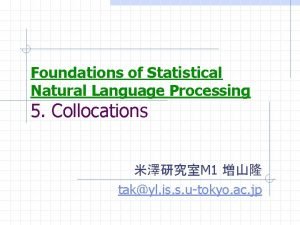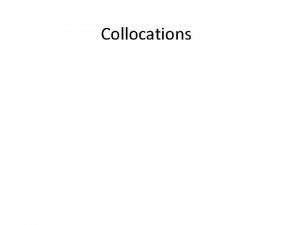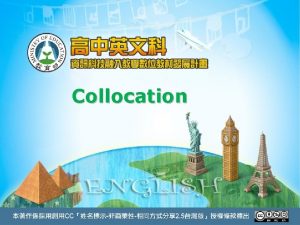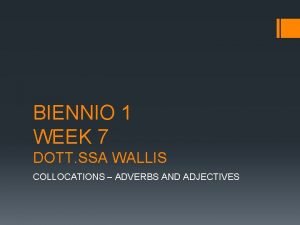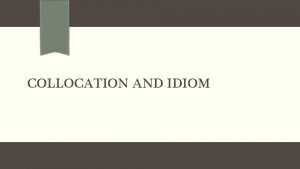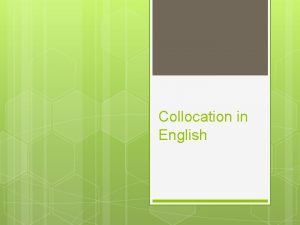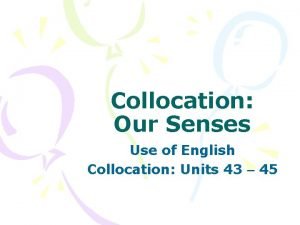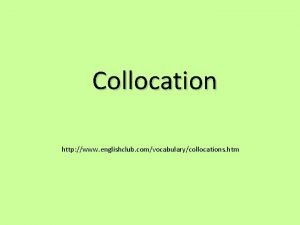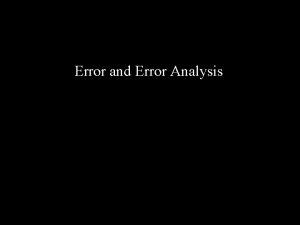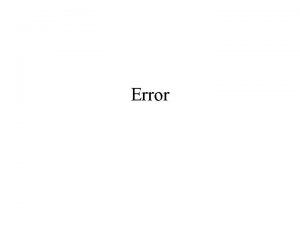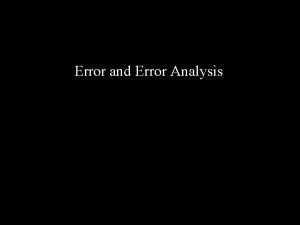1 Estimating SMOS error structure using triple collocation


















- Slides: 18

1 Estimating SMOS error structure using triple collocation Delphine Leroux, CESBIO, France Yann Kerr, CESBIO, France Philippe Richaume, CESBIO, France

2 Soil moisture products at global scale AMSR-E (VUA) TMI (VUA) How to evaluate SMOS ? ? ? SSM/I (VUA) SMOS ? ERSASCAT (TU Wien) Aquarius SMAP AMSR-E (NSIDC) Model output (ECMWF)

3 Inter comparison between SMOS soil moisture and … o Ground measurements (point scale) o Other global products (point scale) o Global scale ? Statistics -> triple collocation

4 Structure 1. Triple Collocation method -> Theory and requirements 2. Chosen datasets -> Characteristics and differences 3. Global maps of relative errors -> Maps of bias and scale factors

1) Triple Collocation Theory Requirements Triple Collocation – theory Starting equation (Caires et al. , 2003) Final equation Taking the anomalies Ø Maps of the std of the errors Ø Maps of the bias Ø Maps of the scale factors r: bias s: scale factor ε: error 5

1) Triple Collocation Theory Requirements 6 Triple Collocation - requirements o Strong assumptions : § Mutually independent errors (ε) § No systematic bias between the datasets -> choose properly the 3 datasets -> TC applied to the anomalies and not to the variables directly o Requirements : § 100 common dates (Scipal et al. , IGARSS 2010) o Results : § Relative errors -> including the 6 closest grid nodes

2) Datasets Chosen datasets Number of triplets 7 Datasets Frequency (GHz) SMOS AMSR-E Incidence angle (°) Instrument resolution (km) Crossing time (A/D) Grid resolution (km) 1. 4 0 -55 40 6 am / 6 pm 15 6. 9 – 10. 7 … 55 57 -6. 25 1: 30 pm/ 1: 30 am 25 AMSR-E soil moisture derived with the VUA algorithm (Vrije University of Amsterdam) ECMWF product from SMOS Level 2 product (at SMOS resolution and crossing time)

2) Datasets Chosen datasets Number of triplets for 2010 Difficulties for regions with mountains, forests, wetlands, … 8

3) Global maps of … relative errors bias scaling factors Std of SMOS errors Good results in North America, North Africa, Middle East, Australia. Land contamination in Asia (Richaume et al. , RAQRS, 2010). 9

3) Global maps of … relative errors bias scaling factors Std of AMSR-E(VUA) errors Good results in the same areas as SMOS. 10

3) Global maps of … relative errors bias Std of ECMWF errors scaling factors 11

3) Global maps of … relative errors bias scaling factors Comparison over continents ! RELATIVE ERRORS SMOS is often between or close to the two values except in Asia 12

3) Global maps of … relative errors bias scaling factors Bias : AMSR-E(VUA) - SMOS Very high bias for high latitudes (mainly due to the vegetation) Mean bias around 0. 1 13

3) Global maps of … relative errors bias Bias : ECMWF - SMOS High bias for high latitudes but more homogeneous Mean bias around 0. 2 -0. 3 scaling factors 14

3) Global maps of … relative errors bias scaling factors Scale factor AMSR-E(VUA) Scale >1 Scale <1 higher dynamic than SMOS lower dynamic than SMOS 15

3) Global maps of … relative errors bias scaling factors Scale factor ECMWF Unlike the bias maps, there is no obvious structure for the scale factor 16

17 Conclusions o As part of the validation process, triple collocation compares 3 different datasets at a global scale : SMOS, AMSR-E/VUA and ECMWF o SMOS and AMSR-E/VUA have the same performance areas, but ECMWF and VUA give the best results o SMOS algorithm is still improving and it can be considered as a good start o Further work : apply triple collocation to other triplets (SMOS-NSIDC-ASCAT, etc…) and apply it with 2011 data

18 Thank you for your attention Any questions ?
 Ntinel
Ntinel Triple entente vs triple alliance
Triple entente vs triple alliance Triple alianza y triple entente
Triple alianza y triple entente Triple alliance ww1
Triple alliance ww1 German empire
German empire Alianzas en primera guerra mundial
Alianzas en primera guerra mundial Whats collocation
Whats collocation Collocation flax
Collocation flax Collocation in nlp
Collocation in nlp Collocation patterns
Collocation patterns Collocation approach
Collocation approach Contoh sanding kata
Contoh sanding kata Frozenness meaning
Frozenness meaning Determination collocation
Determination collocation Collocation nlp
Collocation nlp Degree collocation
Degree collocation Collocation catch
Collocation catch Acquire collocation
Acquire collocation Furious collocation
Furious collocation
